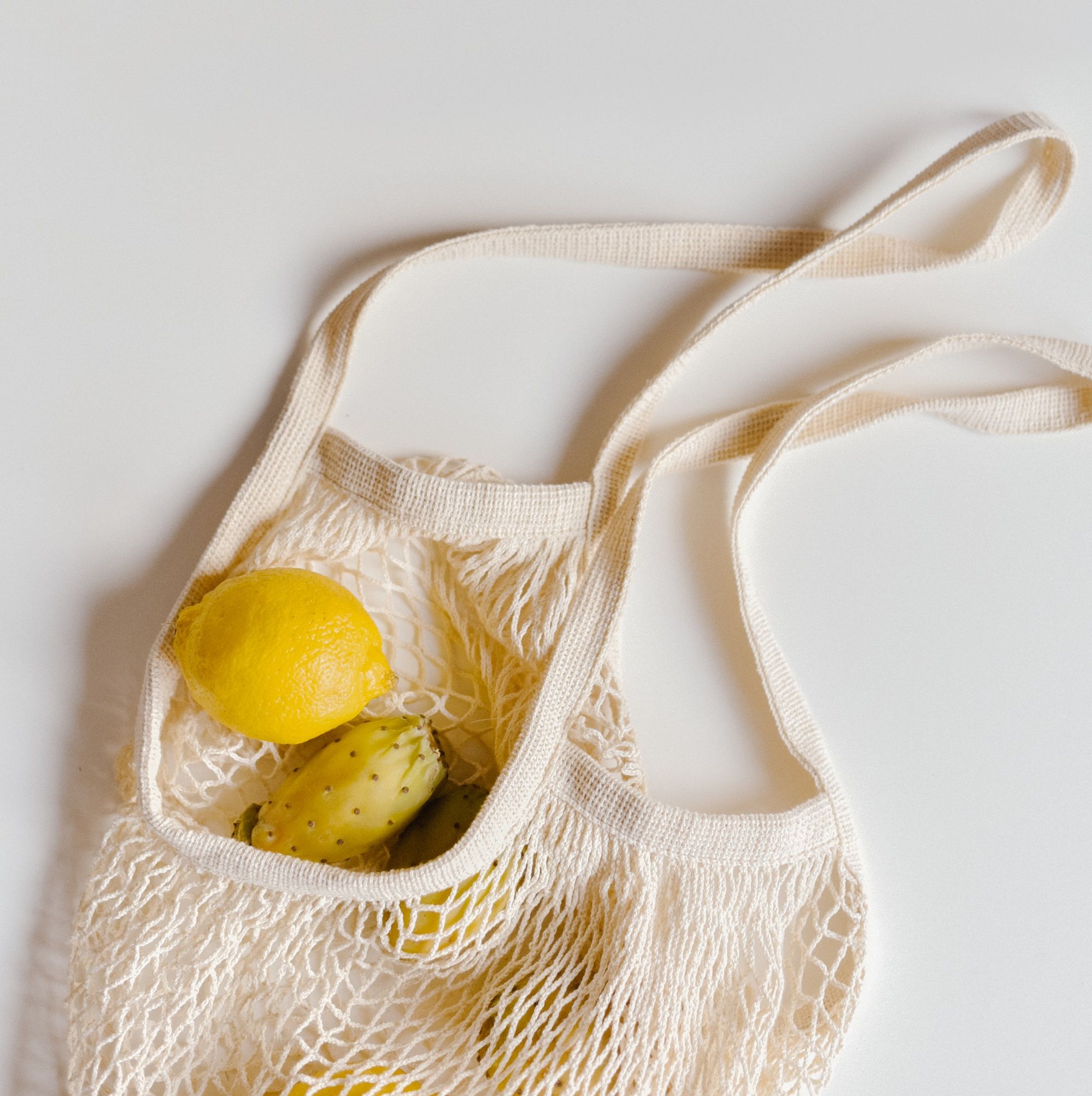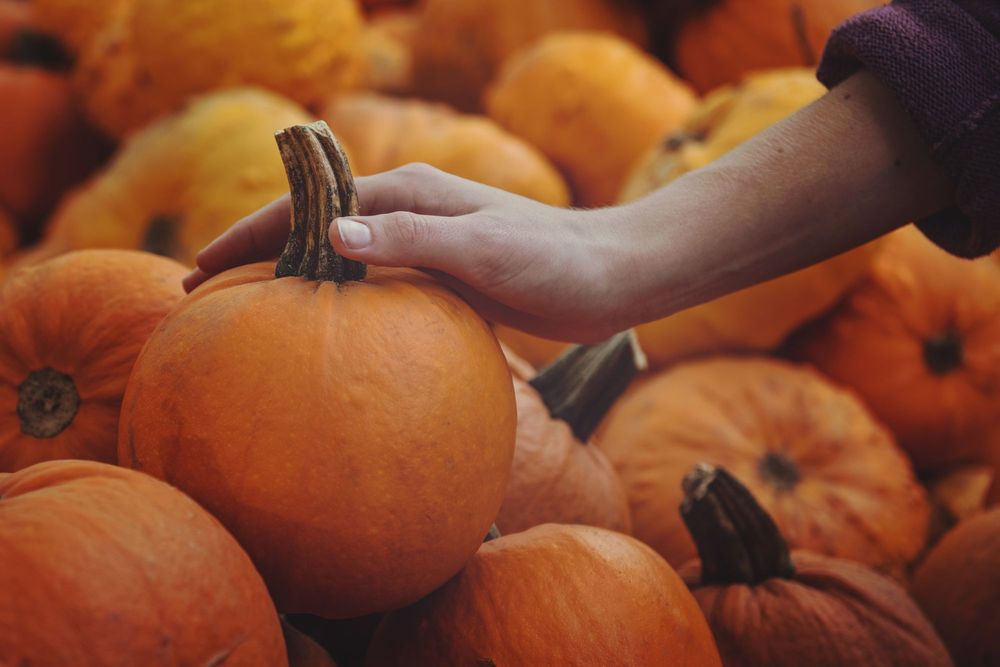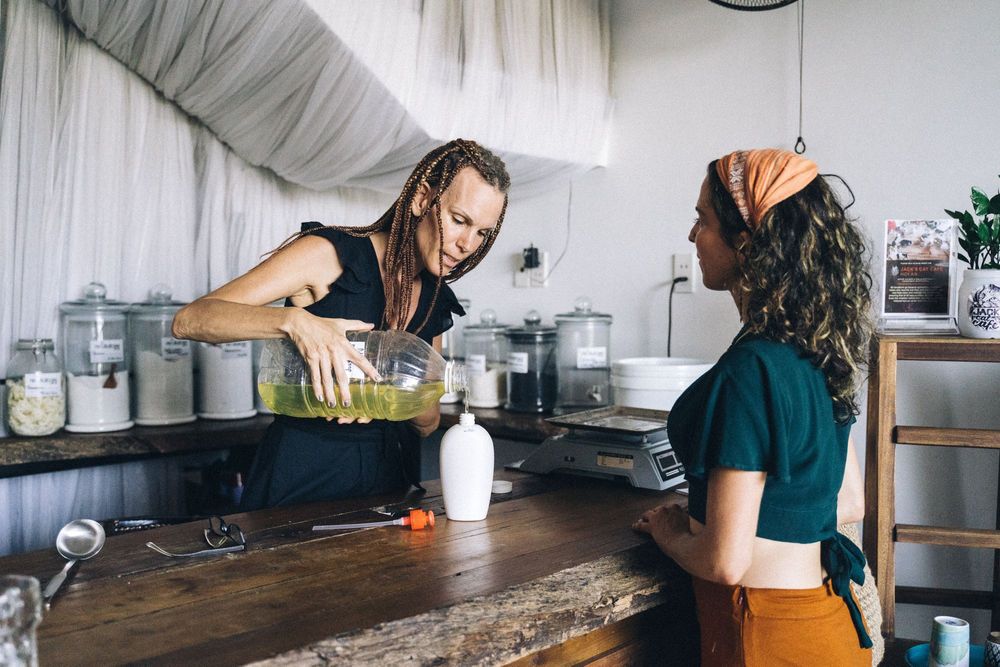June the 18th marked Sustainable Gastronomy Day. And while the occasion has passed, that doesn’t mean we can’t practice sustainable gastronomy every day.
Sustainable Gastronomy Day is all about raising awareness of culinary traditions and food producers, as well as preserving wildlife. Essentially, it’s about improving our food consumption habits for the benefit of the planet.
But one day of the year isn’t enough. For sustainable gastronomy to be effective, we need to be conscious of our food practices every single day of the year.
In this article, I’m going to take a look at what sustainable gastronomy is, why it’s so important, and how you can create your own sustainable gastronomy dining experience more often.
What is sustainable gastronomy?
Sustainable gastronomy is a process of preparing food that shifts the focus to how produce is grown, how it gets to market, as well as its source. It’s about picking food that is both good for us and the planet.
It’s important for a variety of reasons, but the key reason it’s now front and center at our minds is climate change. Our food supply is quite literally under threat because of climate change, while the food we produce contributes to climate change.
As you can see, it’s a vicious circle.
There are other reasons why sustainable gastronomy is important. Each year, humans as a collective waste billions of tonnes of food. This itself is highly damaging to the environment.
And yet, rather than the demand for food going down, it’s actually going up.
Because of this, it’s critical that we all become more conscious of our dining habits. Sustainable gastronomy is an excellent way to rethink what we buy and eat, and it can make both ourselves and the planet healthier.
Here are some ways to practice sustainable gastronomy:
Reduce your meat intake
If you’re not yet a vegan or vegetarian, it’s a really good idea to consider both lifestyles. This is because cutting down on meat (or eliminating it altogether!) will help you do your bit for climate change.
See, meat production is actually the biggest contributor to greenhouse gases, with beef and lamb being the biggest culprits.
Not sure how to eat less meat and go greener? We wrote an article that will help you start on a greener diet here.
On that note…
Shift your focus to a plant-based diet
A plant-based diet means that you don’t eat any meat at all (or, you eat very little). It’s super duper healthy for you because it ensures you get way more nutritional good stuff. The more nutrients you consume, the healthier and fitter you’ll be.
A plant-based diet is heavy on the fruit and veg but it doesn’t have to be boring. To get you started, here’s an excellent resource filled with lots of cool plant-based meal ideas.
If you eat seafood, eat sustainable seafood
Fish consumption isn’t showing any signs of slowing down. In fact, according to reports, it’s actually higher than it’s ever been!
Is this bad for sustainable gastronomy? Well, kinda, yeah!
However, even if you’re a vegetarian who still eats seafood (pescatarian), I fully understand that seafood does provide lots of nutritional benefits. But it’d be really cool if you started to eat more sustainable seafood.
It’s seafood that’s caught and farmed in such a way that the long-term livelihood of the oceans and the species within it are taken into consideration.
You can shop for sustainable seafood, but you can also dine at restaurants that sell sustainable seafood. Just make sure to ask before you visit.
Support your local organic businesses
If you’re looking to buy sustainable produce, you could find it at your local supermarket. A much better idea, however, is to visit and support your local organic businesses.
There are really many reasons to do this. For one thing, you’ll learn more about how food is ethically sourced and produced. For another, you’ll be showing respect to the business owners who have worked so hard to get where they are. You’ll also be doing your bit for the community, and you may even make new friends.
More than anything, you’ll be practicing sustainable gastronomy.
Recycle your food waste
As I mentioned earlier, so much food goes to waste each year. It doesn’t have to be this way.
As well as shopping more consciously and only buying food you know you’ll actually consume, you could also recycle your food waste (because there will inevitably be some food waste!).
Meat, fruit and veg, coffee, tea, and eggshells can all be recycled. You can also recycle containers, such as foil, lids and milk cartons. However, it’s important that you don’t mix and match the wrong type of produce. Here’s an article to help you recycle your food waste.
Practice mindful eating
Mindful eating is when we’re super thankful for what we’re eating. We focus only on what we’re doing right now (eating). This raises our awareness of our food, causing us to think about where it came from, what its benefits are, and to whom we need to be thankful.
Mindfulness also means paying attention to hunger signals. If you’re halfway through a meal, for example, and you start to feel full, don’t feel under pressure to finish the whole plate. Instead, consider that maybe you should start eating from smaller plates in the future.
Conclusion
The world is in a precarious position right now. As we fight on two fronts against coronavirus and climate change, it’s easy to diminish the latter.
But climate change is real, and it’s speeding up. Use the tips in this article to do your bit, both for the planet and your own health. And because we need to raise more awareness of sustainable gastronomy, don’t forget to share this article!





